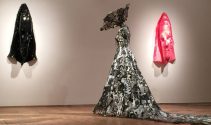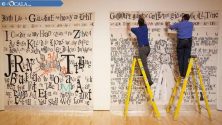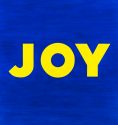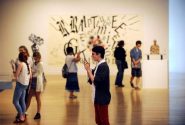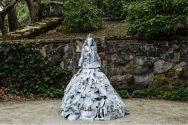“Sculptors on Sculpture: Part One,” Blouin Art Info
I don’t see how any artist can work alone. I am so happy working with people; I like working with a team, whether they’re assistants or interns. We are making something together, and I am proud of them, because they contribute so much. However, I am definitely the captain of the ship, the singer of the song, the leader of the pack, and it is my job to have a steady vision and open mind. I keep a hawk’s eye out on the work, because, though explorative, it has to be exactly right.

